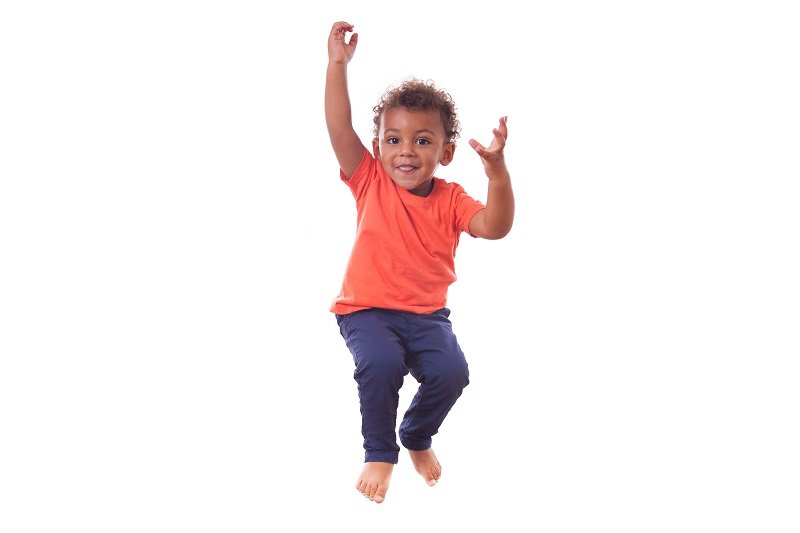
BLOG POSTS
Safety First
I was recently teased by some neighbors for walking Maite (the Rottweiler) with my treat pouch front and center. There were some mildly macho statements that their dogs “better just listen” and “behave.” There are plenty of reasons for this thought process/understanding about dogs which I won’t get into here. Suffice it to say, they kind of think I’m weak because they see me “rewarding/bribing” Maite.
I was recently teased by some neighbors for walking Maite (the Rottweiler) with my treat pouch front and center. There were some mildly macho statements that their dogs “better just listen” and “behave.” There are plenty of reasons for this thought process/understanding about dogs which I won’t get into here. Suffice it to say, they kind of think I’m weak because they see me “rewarding/bribing” Maite.
The thing is, the food isn’t actually much of a bribe. If Maite is fully activated (in a state of fight/flight/freeze), even if I put the food right in her mouth, it would just fall out.
The image shows Maite (the Rottweiler) out on a walk in her harness. She’s sitting and smiling up with her mouth open.
It is true that when we first started walking together, I did frequently use treats as a lure. I would put it right in front of her nose and try to lead her away from areas I thought might be problematic. This would NOT work if she had already seen the problematic thing/person in question. It was my job to be on the lookout and help her to avoid things that might trigger her. If we successfully managed to avoid the trigger, then I might give extra treats as a reward for her attention on me.
Treat giving also gives me information about what state Maite is in. If she doesn’t take it at all, she’s too agitated to keep going. If she takes it a little too fast, I know she’s getting overwhelmed.
Image shows a pile of bone shaped dog treats.
After 5 years of walking together, the treat situation is a little bit different. Now if I offer a treat and lead her off the sidewalk, or around a car, or ask her to sit suddenly, she KNOWS that there is something in the area that I am avoiding. I can see it in her behavior, she will perk up her ears, or sniff the air expectantly. If I’ve been quick enough (meaning the trigger is far enough away), she’ll accept the treat.
These days the treats are part of an agreement we have, part of a conversation. She does not “behave” for the treat. She expects me to keep her safe (going around “scary” things/people, getting between her and “scary” things, avoiding some areas altogether). If I can do that successfully, she will be in a relaxed enough state to take the treat from my hand gently.
Why am I telling you all of this? Because we saw a family in a chaotic moment on our walk today and it got me to thinking about the way adults often look at therapy for children. It seems like educators and parents want therapists to tell them what are the right tricks (treats) that will “make” children behave, and then once we find them ask, “when can we stop using them?”
The image shows a Dinosaur Reward Chart, with line drawings of stars ready to be filled in. There are 2 green dinos on the page which have blue stripes on a white background.
As it turns out, there is no secret treat (bribe/skill/strategy) that will move a child (or an adult) from an activated (fight/flight/freeze/fawn) state to a calm state. Only other regulated people can do that. Children need to feel safe before they can be calm. They are depending on adults to keep them safe and if not, to get them to safety as quickly as possible. Breathing techniques and affirmations and sticker charts (skills/strategies/bribes) will NOT work if children don’t feel safe.
The fact is, everyone has skills and strategies they use every day. Children and adults. It’s just that skills and strategies become habits and once they are a habit, we generally stop thinking about them consciously. They are not gone, they've just become part of who we are, how we behave. What are your favorite skills and/or strategies?
Images for some of the strategies in our house: first image shows a black child jumping (for grounding and self-regulation), the second shows an Asian woman stretching at a desk (for release and more self-regulation), the third image shows keys hanging from hooks (as in, put your things in a place that you can find them later and feel less frantic), and the fourth image shows a black person running (for grounding, space from screens, more self-regulation), from behind, on a road flanked by trees. The runner has long locs.
The banner image shows home-baked dog treats shaped like bones.
Criticism for...Safety?
I’ve been doing trauma-informed work for nearly two decades. Asking “what has happened to you” (instead of “what’s wrong with you?”) is something like second nature to me. I have annoyed partners, friends and family members for years by coming up with alternate reasons for why people around them have behaved the way they have.
I’ve been doing trauma-informed work for nearly two decades. Asking “what has happened to you” (instead of “what’s wrong with you?”) is something like second nature to me. I have annoyed partners, friends and family members for years by coming up with alternate reasons for why people around them have behaved the way they have.
Image shows the back end of cars in traffic, brake lights on.
Some examples:
That tailgater who’s annoying my partner? Maybe he’s rushing to the hospital where his wife is giving birth!
That annoying colleague at work who never stops talking? Maybe he’s lonely and doesn’t really know how to make friends.
That know-it-all friend who lectures everyone? Maybe she’s feeling like she doesn’t have much control in her life and this is her way to show that she knows things.
That boss who never responds to your emails? Maybe they are really swamped with their other duties and just didn’t have a chance to get back to you.
See how that could get annoying?
For me, it’s the other side that is tough. Like, when people say things like, “He’s a terrible driver!” or “She talks all the time. She never does any real work!” or “Why does she have to act like she knows everything?” I am doing the work in my head, coming up with alternative explanations – even when it won’t affect me either way.
Image shows an old fashioned dial phone, black and off the hook, with a long cord.
Recently I was on the phone with my mother. She told me about an encounter where she volunteers, then about an encounter with her friends at lunch, then about a person that goes to her church and I started to feel really…tired.
Because when she is feeling stressed and making a lot of judgmental statements, it’s a ton of effort for me. If I say what I’m thinking out loud, it comes across like I’m defending someone (maybe that I don’t even know). If I don’t say it out loud, it’s still in there and now I’m trying to suppress it.
I’ve had so much practice with it, I don’t even do it on purpose, these ideas just pop into my head. Instead, I sometimes have trouble understanding why other people don’t do it. Sometimes I get critical, even. Why are people so judgmental?
Then I read this article Where did all this judgment come from? Why are we such harsh critics? by Robyn Brickel, M.A., LMFT on the PACEs Connection website and I had an aha moment. I highly encourage you to read the whole thing! But look at this little part:
““Whether internal or external, judgment or criticism usually comes from the same place: hypervigilance.
...
Judgment and criticism are essentially your brain and body constantly assessing everything for safety — and if you had a history of childhood trauma (big T or little T!) — then this mechanism was absolutely necessary back then to keep you safe.””
Yes! That make so much sense to me. My mother – whom I love– is often critical. And sometimes I get so annoyed by it, but when I think of it in terms of hypervigilance, well my mother has plenty of reason to be hypervigilant.
Another part that really stuck with me:
““The mind thinks if we are constantly judging — noticing all of the faults, then we can do something and keep ourselves and others safe.
If I judge myself, I can protect myself from what others may say or think.
If I judge you, I can control things (our relationship)
and keep myself separate and safe.””
Judgement as an attempt at control – I never thought of it that way before. My mother’s life has lots of moments where she has no control at all about what is going to happen. She’s an immigrant to the US with little formal education and an accent. She lives in the South. She is often on the downside of power there. Her judgment of herself, her friends, and me, are maybe attempts to keep us all safe. Aha!
Like I said, read the article. It even has some skills and strategies for being less judgmental. Hopefully I can hang on to them the next time I’m talking with my mother. Let me know if you had any aha moments in the comments.
Header image shows a woman with short dark hair making a skeptical look with one finger raised in (maybe?) criticism. From engin-akyurt on unsplash.













